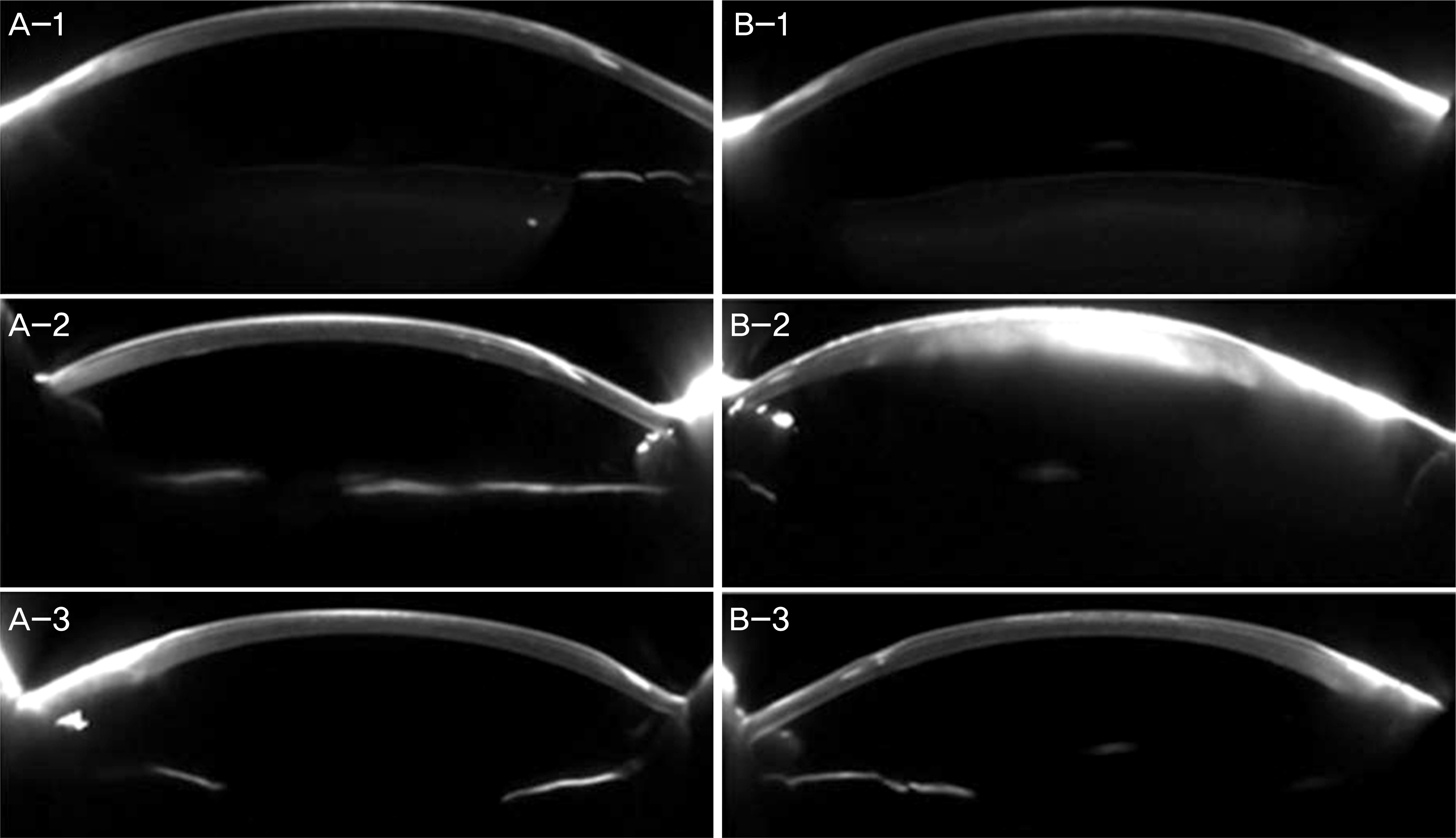J Korean Ophthalmol Soc.
2016 Feb;57(2):310-315. 10.3341/jkos.2016.57.2.310.
A Case of Cataract Surgery in an Epikeratophakia Patient
- Affiliations
-
- 1Department of Ophthalmology and Visual Science, College of Medicine, The Catholic University of Korea, Seoul, Korea. yangkyeung@hanmail.net
- KMID: 2213674
- DOI: http://doi.org/10.3341/jkos.2016.57.2.310
Abstract
- PURPOSE
To report a case of cataract surgery in an epikeratophakia patient.
CASE SUMMARY
A 59-year-old female with a history of epikeratophakic surgery 20 years ago complained of decreased visual acuity of both eyes for several months. She had nucleosclerotic and posterior subcapsular types of cataracts. Phacoemulsification and posterior capsule intraocular lens implantation were performed in both eyes. During surgery, corneal edema was especially prominent at the cornea with epikeratophakic lenticules in both eyes. In the left eye, severe corneal edema after one day of surgery was observed; however, after one week, corneal edema had subsided and visual acuity of both eyes had improved.
CONCLUSIONS
When it necessary that cataract surgery is performed in patients with epikeratophakic lenticules, it is important to anticipate the corneal edema intraoperatively and postoperatively. Moreover, the surgeon should consider the acute calculation of the target refraction of intraocular lens in an epikeratophakia patient.
Keyword
MeSH Terms
Figure
Reference
-
1). Kaufman HE. The correction of aphakia. XXXVI Edward Jackson Memorial Lecture. Am J Ophthalmol. 1980; 89:1–10.2). Halliday BL. Epikeratophakia for aphakia, keratoconus, and myopia. Br J Ophthalmol. 1990; 74:67–72.
Article3). Kaufman HE, Werblin TP. Epikeratophakia for the treatment of keratoconus. Am J Ophthalmol. 1982; 93:342–7.
Article4). McDonald MB, Kaufman HE, Aquavella JV, et al. The nationwide study of epikeratophakia for aphakia in adults. Am J Ophthalmol. 1987; 103((3 Pt 2)):358–65.
Article5). Panda A, Gupta AK, Sharma N, et al. Anatomical and functional graft survival, 10 years after epikeratoplasty in keratoconus. Indian J Ophthalmol. 2013; 61:18–22.
Article6). Lee KW, Choi TH, Lee HB. The effects of epikeratoplasty & laser in situ keratomileusis(LASIK) for correction of high myopia. J Korean Ophthalmol Soc. 1998; 39:1707–15.7). Labor PK, Ignacio T, Johnson M, Janku-Lestock L. Accommodating intraocular lens implantation in an epikeratophakia patient. J Cataract Refract Surg. 2010; 36:347–50.
Article8). Seitz B, Langenbucher A. Intraocular lens power calculation in eyes after corneal refractive surgery. J Refract Surg. 2000; 16:349–61.
Article9). Fan JC, Patel DV, McGhee CN. Long-term microstructural changes following epikeratophakia: in vivo confocal microscopy study. J Cataract Refract Surg. 2008; 34:1793–8.
Article10). Shin YJ, Park WC, Lee JH. Clear lens extraction and epikeratophakic lenticule removal in complicated epikeratophakic patients. J Korean Ophthalmol Soc. 2002; 43:1397–401.11). Greenbaum A, Kaiserman I, Avni I. Long-term reversibility of epikeratophakia. Cornea. 2007; 26:1210–2.
Article




